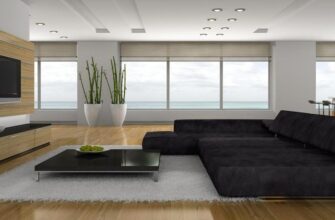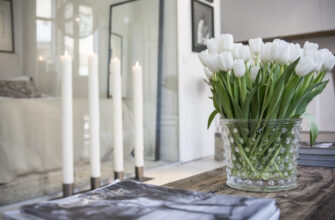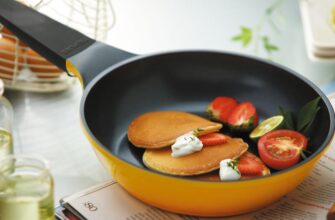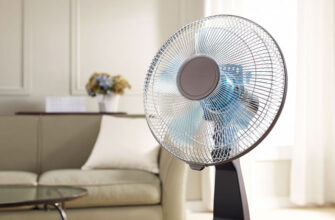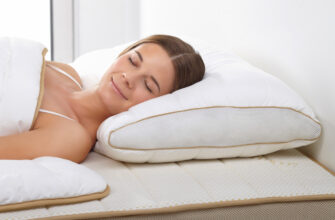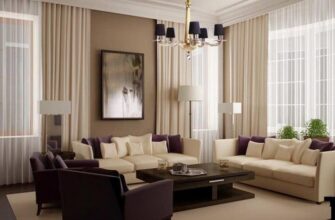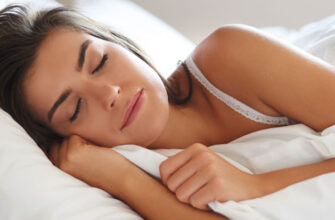To sleep well and soundly, you need to choose high-quality bedding. In this case, you need to take into account the material and size of the product, brand, tailoring features and other nuances – which ones, you will find out in our article.
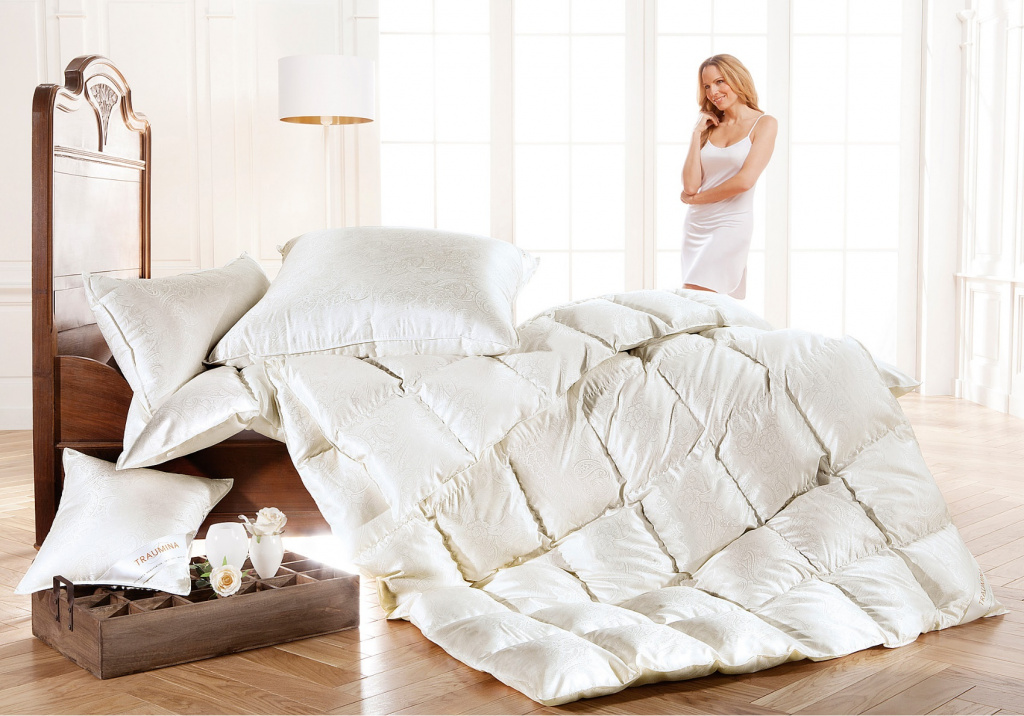
- The best manufacturers of bedding – which company to choose
- Types of bed linen
- Satin bedding
- disadvantages
- Calico bed linen
- disadvantages
- Jacquard bedding
- disadvantages
- Printed bed linen
- disadvantages
- Silk bed linen
- disadvantages
- Linen linen
- disadvantages
- Bamboo bedding
- disadvantages
- Flannel linen
- Advantages
- disadvantages
- Batiste bedding
- disadvantages
- Knitted underwear
- disadvantages
- Terry bed linen
- disadvantages
- Microfiber bedding
- disadvantages
- Bed linen selection options
- The size
- Care
- Density of fabric
- Which bedding to choose
- How much is bed linen
The best manufacturers of bedding – which company to choose
Unfortunately, not all manufacturers produce goods that meet GOST standards. Therefore, bed linen can lose color during friction, have low hygroscopicity, or contain a large amount of formaldehyde (according to GOST, no more than –75 μg per gram is allowed).
According to research by Roskachestvo, one such manufacturer is 'LUCY'. The bed linen of this brand contains about 107 μg / g of formaldehyde. Formaldehyde is a dangerous substance, the increased concentration of which can lead to the development of malignant tumors, allergic reactions and mutations of internal organs.
As a rule, most people choose products made from 100% natural materials. But some companies report knowingly the wrong product composition. For example, brands such as 'BegAl', 'Primavelle', 'Silk-Place' indicate on the label of some sets of 100% cotton, but in fact, the product consists of a combination of cotton and synthetics.
Dye instability is another problem that consumers face when purchasing low-quality lingerie. This substance can lead to the development of allergies, skin rashes and even increase the likelihood of developing cardiovascular diseases.
In the course of research by Roskachestvo, an unstable dye was found in the products of such brands as Every Day, Soft Line, Vasilisa, ART Bed and LUCY.
Therefore, when buying bedding, you need to pay special attention to the brand. The best manufacturers are:
-
Frette;
-
Verosse;
-
Ecohouse;
-
Valtery;
-
OnSilk;
-
Mona Liza;
-
TAS.
Types of bed linen
All types of bedding below are good at absorbing and releasing moisture and providing optimal air circulation so the body 'breathes'. These two qualities are essential for a comfortable and satisfying sleep.
Satin bedding
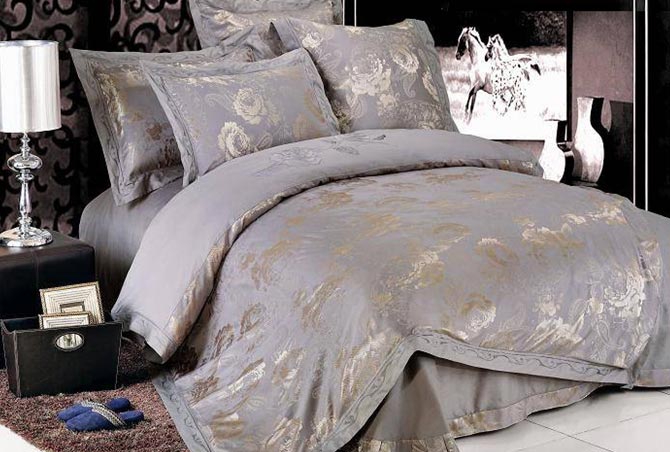
Satin is a shiny cotton fabric that looks a bit like silk. It can withstand a large number of washes, retaining its original color and shape.
Advantages
-
Strength;
-
Keeps warm well – great for winter
-
Long service life. With a weekly machine wash, the kit will last about four years;
-
Ease of care – goods made of satin almost do not wrinkle, so they do not need to be ironed;
disadvantages
-
Because the front surface of the bed linen is smooth; it will be uncomfortable to sleep in a nightgown made of smooth and slippery material.
-
Low-quality calico products wear out quickly and lose their color.
-
The price for satin products is higher than for products made from other cotton fabrics.
Calico bed linen
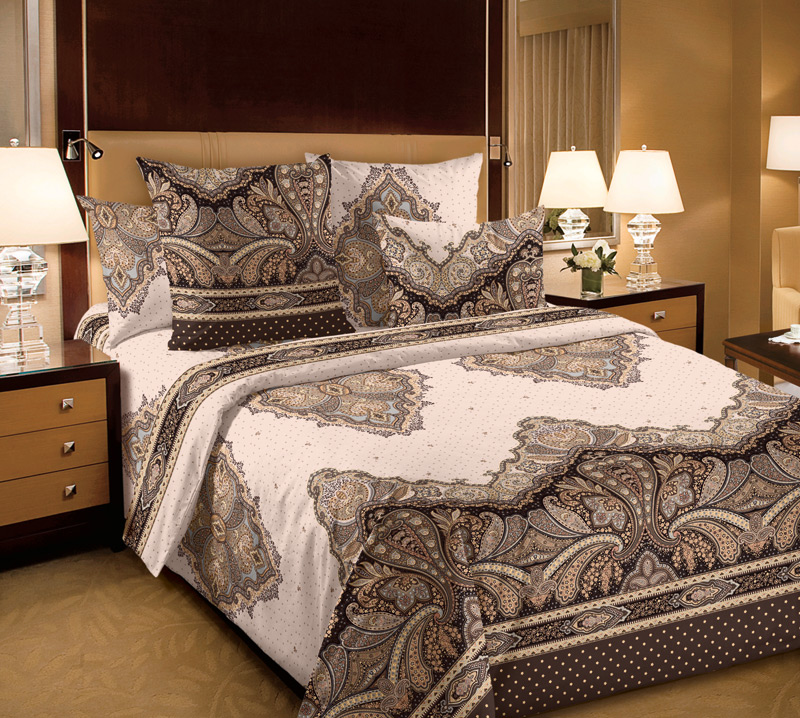
This material is made from natural cotton and sometimes synthetics. It is often used for making bedding, because has good wear resistance and strength, is unpretentious in maintenance and has a long service life.
Advantages
-
Calico sets remain in 'good shape' even after a large number of washes;
-
Affordable price;
-
It tolerates well machine washing, temperature changes and drying in the open air.
disadvantages
-
After some time, pellets can form on the coarse calico;
-
Roughness and lack of gloss.
Jacquard bedding
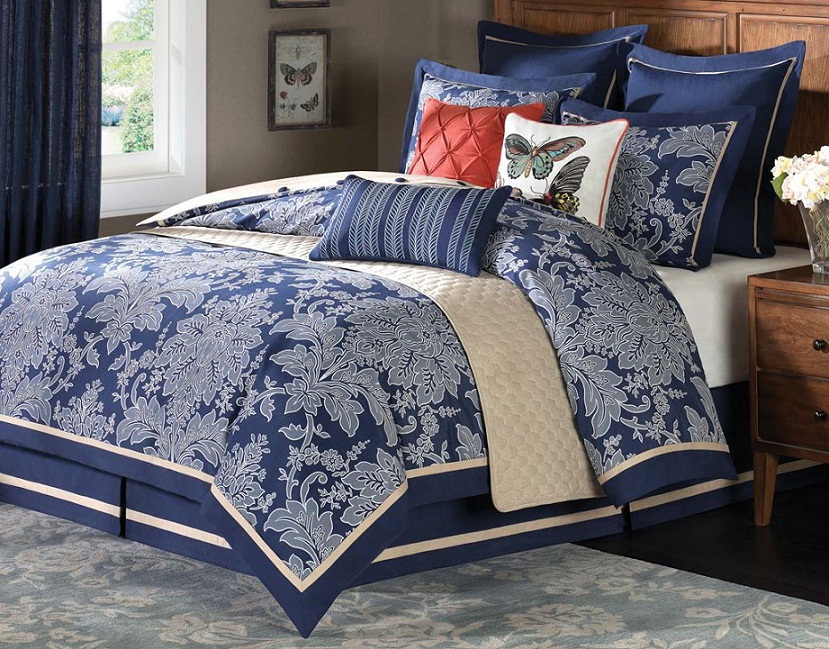
This material is usually made from cotton fibers, but can also be composed of silk and synthetic threads. The more natural fibers a material contains, the more expensive and quality the product is.
Products made from this material look expensive and sophisticated. They have a smooth texture and a beautiful embossed pattern.
Advantages
-
Wear resistance and strength;
-
Conducts heat well. It is comfortable to sleep on such bedding at any time of the year;
-
Durability;
disadvantages
- Expensive;
Printed bed linen
Chintz is made from cotton fibers. It is a safe and hypoallergenic material that can be used even for babies. But such products do not differ in durability – their service life is about a year.
Advantages
-
Suitable for newborns;
-
Low price
disadvantages
-
After washing, the fabric shrinks;
-
It quickly deteriorates.
Silk bed linen
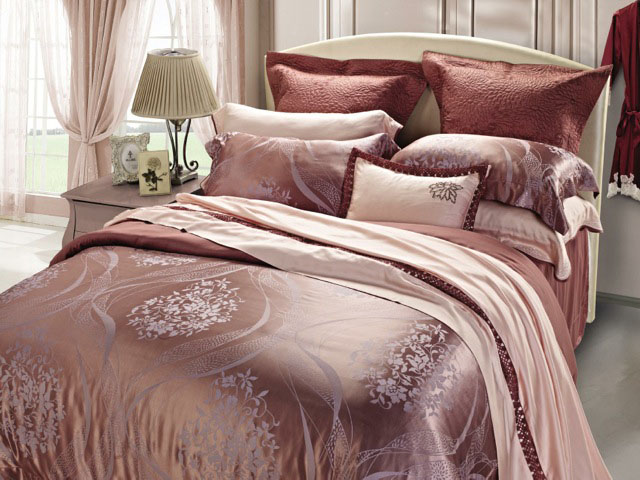
Products made from natural silk are smooth and pleasant to the touch. They have hypoallergenic and antibacterial properties, beautiful appearance and can decorate any, even the most luxurious, bedroom.
Silk products are difficult to care for. They should be hand washed or dry-cleaned, and dried away from radiators and direct UV rays. In addition, silk products are recommended to be stored in cardboard boxes or white paper.
High price. Cheaper rayon products can be an alternative, but they are poorly breathable and absorb moisture.
Advantages
-
Practically do not crumple;
-
Great for summer;
-
Do not cause allergies;
disadvantages
-
Silk bedding is not suitable for permanent use;
-
Puffs may appear on the surface of the fabric;
-
Slides;
Linen linen
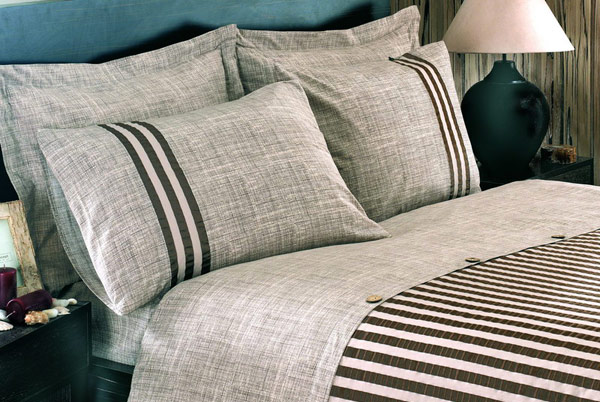
Linen products are considered to be among the best. They are highly durable (more than cotton linen), withstand temperature extremes and direct sunlight.
Advantages
-
Wear resistance;
-
They have thermal regulation properties. In summer, it is not hot under linen products, because they reduce the temperature by 4–5 degrees, and in winter it is not cold, because they keep warm well.
-
Softer over time;
-
Improves blood circulation throughout the body and the functioning of the immune system;
-
Long service life;
disadvantages
-
They lose their color over time;
-
Strongly crumpled.
Bamboo bedding

Bamboo products are very soft and pleasant to the body. They do not cause allergic reactions and have healing properties, therefore they are often chosen for children and people prone to developing allergies.
Advantages
-
Differs in antibacterial and thermoregulating properties;
-
Absorbs moisture well;
-
Creates an optimal microclimate in bed;
disadvantages
- Products made from natural 100% bamboo are expensive.
Flannel linen
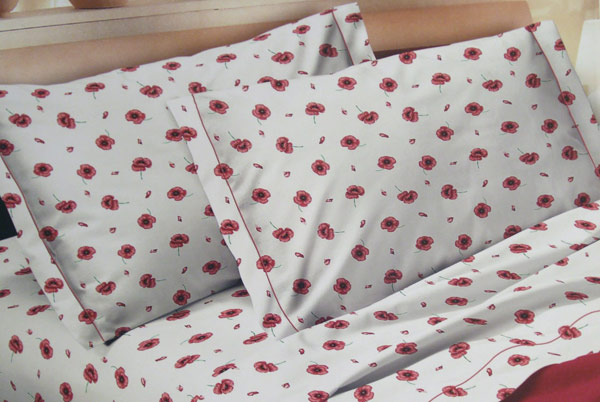
Flannel is a very soft and pleasant to the body material, which becomes even softer over time.
Advantages
- Durability;
- Flannel products can be washed at any temperature, both in a typewriter and by hand, and use different detergents;
-
Keeps warm well and keeps you warm;
-
Suitable for allergy sufferers.
disadvantages
-
Dries for a long time;
-
Pilling may appear on the fabric.
Batiste bedding

Batiste is an airy and smooth material that is easy to clean and dries quickly.
Advantages
-
Does not cause allergic reactions;
-
Does not deform after washing.
disadvantages
- Not suitable for frequent use – after 50–60 washes, gaps will appear in the material.
Knitted underwear
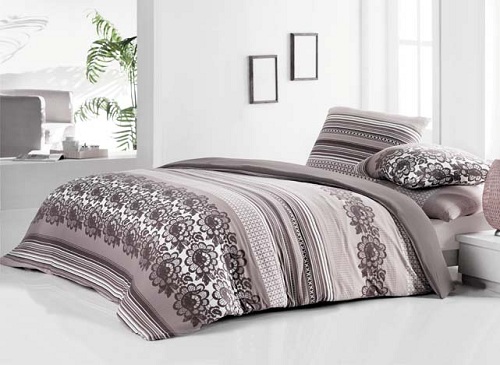
Such products are often used for arranging children's beds. They are not expensive and easy to care for.
Advantages
-
Durability and strength;
-
The knitted goods are soft and pleasant to the touch;
-
Almost do not wrinkle;
disadvantages
-
If low-quality materials were used in the production of knitwear, bed linen quickly wears out and deforms;
-
Improper care can cause the fabric to roll.
Terry bed linen

Terry sets are particularly soft and tender. They are very easy to care for – they stand up to machine wash and do not need to be ironed.
Advantages
-
Terry sleeping sets do not wrinkle;
-
A terry sheet can be used as a blanket during the warmer months;
-
They retain their shape well and do not deform after washing;
disadvantages
-
May become hard after washing;
-
Dry for a long time.
Microfiber bedding
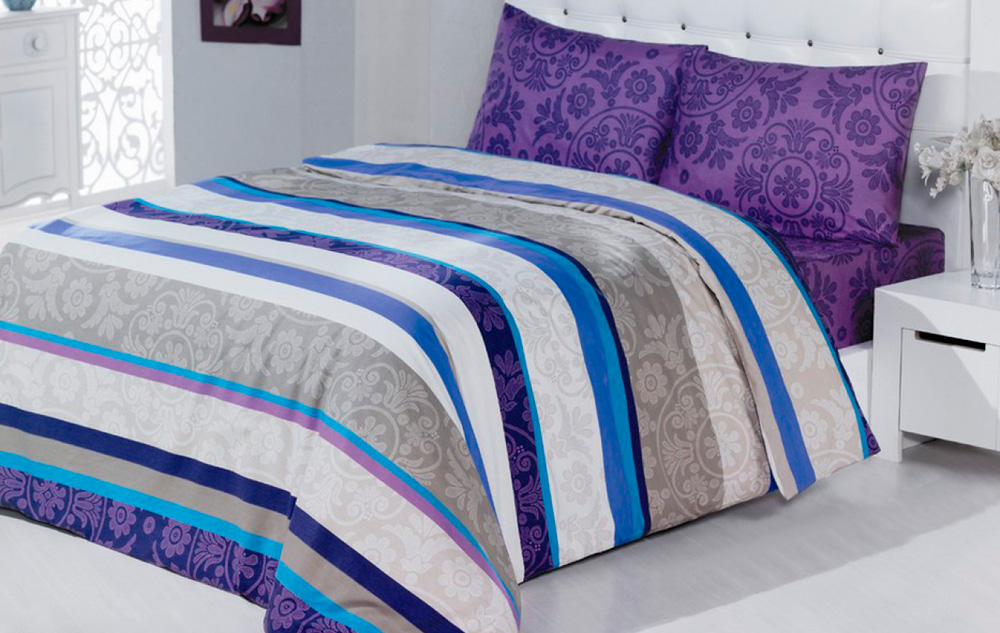
Most microfiber products are made from synthetic fibers, but more expensive bedding is made from cotton. They do not fade and shrink after washing, they are easy to wash and do not need to be ironed.
Advantages
-
Suitable for people with allergies;
-
Have a low cost;
-
Dry quickly;
disadvantages
-
Sometimes, under the guise of microfiber, they sell bedding made of low-quality synthetic fibers. Such products wear out quickly, do not 'breathe' and cause allergic reactions;
-
They quickly deteriorate.
-
Electrified;
Bed linen selection options
The size
Choose bedding according to the size of your mattress, duvet and pillow. The duvet cover should be 3-5 cm larger than the blanket, and the sheet should be several tens of centimeters larger than the mattress in width and length. If a stretch sheet is used, it must exactly match the width and height of the mattress.
The sizes of bed linen can vary greatly from both domestic and foreign manufacturers. Therefore, before buying a product, study the size chart indicated on the package.
Bed linen is divided into several types:
-
Single bed. Nowadays, it is rarely found on sale – it has been replaced by one and a half and double sets.
-
One and a half. Consists of one or two pillowcases, the size of which is 60 × 60, 50 × 70 or 70 × 70 cm, duvet cover up to 2.48 × 2.15 m and bed sheets from 1.5 × 2, 15 m to 1.8 × 2.6 m.
-
The double set is designed for two people, therefore it includes a large duvet cover, from 1.76 × 2.14 m to 2 × 2.2 m, two pillowcases 60 × 60, 50 × 70 or 70 × 70 cm, and a sheet 1 , 75 × 2.1–2.4 × 2.6 m.
-
Double bed set with euro sheet consists of two pillowcases 70 × 70 cm, duvet cover 1.76 × 2.14 and sheet 2.2 × 2.4 m.
-
Euro size or King Size is large. It consists of two to four pillowcases 50 × 70 or 70 × 70 cm, a sheet from 2.2 × 2.4 to 2.4 × 2.8 m and a duvet cover from 2 × 2.2 to 2.2 × 2.4 m.
-
Family set (duet) includes two duvet covers 1.5 x 2.1 or 1.46 x 2.14 m, two sheets 2.2 x 2.4 or 2.4 x 2.8 and two to four pillowcases 50 × 70 and 70 × 70 cm.
-
Children's bed linen consists of one or two pillowcases 40 × 60, 50 × 70 or 70 × 70, sheets from 1.2 × 1.5 to 1.8 × 2.6 and a duvet cover up to 1.6 × 2.2 m.
-
The width and length of euro sets is very different from the sizes of standard products. Pillowcases are 51 × 76 and 65 × 65 cm, sheets are from 1.83 × 2.74 to 3.2 × 3.5 m, and duvet covers are from 1.45 × 2 to 2.2 × 2.6 m.
Care
Bedding labels always tell you how to care for them: whether they can be ironed or how to wash them. For example, silk sets are recommended to be dry-cleaned, but bamboo linen, on the contrary, does not tolerate dry cleaning and 'requires' only hand washing.
To maintain the durability and color of bed linen for a long time, it is not recommended to use bleaching agents and abrasive detergents, and to dry the products away from direct sunlight and heating appliances.
Density of fabric
Durability of duvet covers, sheets and pillowcases depends on the density of the material – the number of threads per square centimeter. This indicator is indicated on the label.
The more threads, the stronger the product, and the better it retains its structure. For example, cambric has the lowest index (20-30 threads), linen has the average (50-65), and the highest (130-280) – for jacquard. If you want your bedding to last a long time, buy a product with a density of at least 60 threads.
Which bedding to choose
-
For infrequent use and hot summer nights, choose silk bedding.
-
Products made from 100% cotton are worth buying for small children and allergy sufferers.
-
If you want a kit to last you many years, choose kits made of linen or heavy cotton fabrics.
-
Pay attention to the peculiarities of sewing bed linen. All edges of the product must be carefully finished (double stitched), and the threads must match the main color of the set.
-
Check the color fastness. To do this, wipe the corner of the product with a damp cotton pad or a piece of cotton wool. If the cotton pad remains white, then the dye is persistent and the laundry will not shed during washing.
-
Check how the bedding smells. If you smell dye or any chemicals, please refuse to buy.
How much is bed linen
-
The average cost of a one-and-a-half set varies from 1,000 to 5,000 rubles.
-
Good quality double bed linen can be bought for 3,000-6,000 rubles.
-
The Duet set can be purchased for 2,000–8,000 rubles, and bedding for a cot – for 1,500–9,000 rubles.
-
A good euro kit will cost 2,500-10,000 rubles.
-
Products made from natural silk and jacquard have the highest cost, and from calico and cambric – the lowest.
-
The cost of luxury bed linen varies from 50,000 to 200,000 rubles.
In the following articles, our experts tell you how to choose a mattress and the secrets of choosing a blanket – comparing fillers.
Attention! This material is the subjective opinion of the authors of the project and is not a purchase guide.


